The Emptiness of Art
Many people love art for its power to transport, whether through a painting that brings us to the banks of the Seine in 19th-century France or an installation that immerses us in a fanciful and imagined alternate world. But what about when art refuses to carry us away, offering instead only blank sp
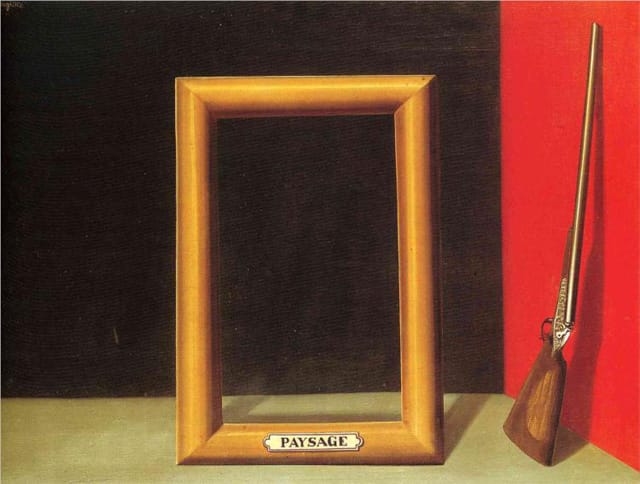
Many people love art for its power to transport, whether through a painting that brings us to the banks of the Seine in 19th-century France or an installation that immerses us in a fanciful and imagined alternate world. But what about when art refuses to carry us away, offering instead only blank space, an empty frame staring back at us?
A wonderful page on Radical Art has a collection of such frames — painted and constructed, illusionistic and real, bounding wall space and empty galleries. The grouping got us thinking about the many different ways in which a frame can be “empty,” and about our relationship with art; many of these pieces feel like volleys on the part of the artists, throwing the ball of imagination into the viewer’s court. “Picture it yourselves,” they seem to say. “See what’s in and around you through your own lens.”
Drawing on Radical Art’s collection, and a similar one on Lost Painters, we’ve compiled here some of our favorites in the category. There are more on both sites, and undoubtedly more beyond that — feel free to submit them in the comments below.

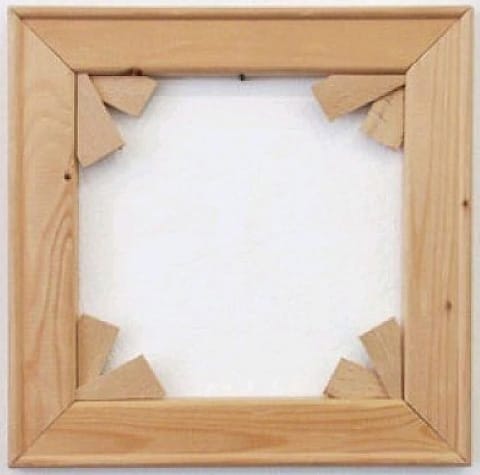
![Michelangelo Pistoletto, "Quadro da pranzo (Oggetti in meno)" (Lunch painting [Minus objects]) (1965), wood, 78.75 × 81.75 × 17.375 in (courtesy Walker Art Center, © Michelangelo Pistoletto)](https://hyperallergic.com/content/images/hyperallergic-newspack-s3-amazonaws-com/uploads/2013/07/pistoletto2.jpg)
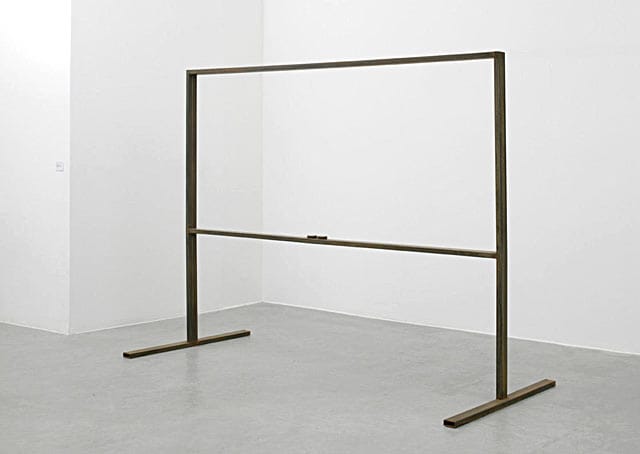
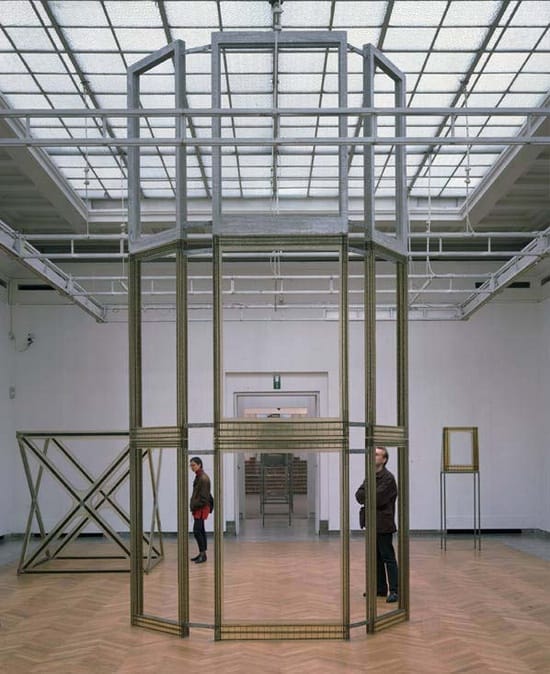

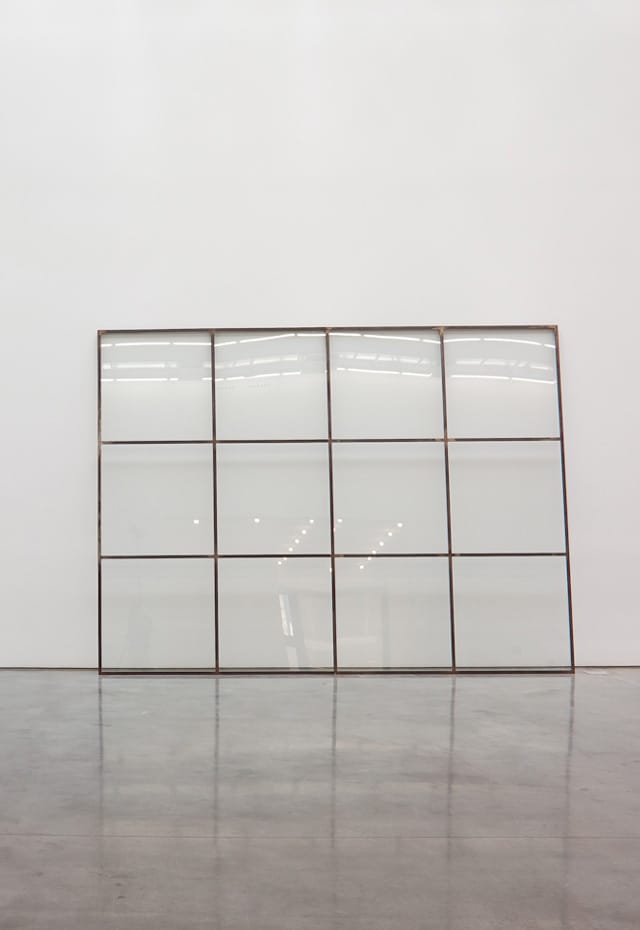
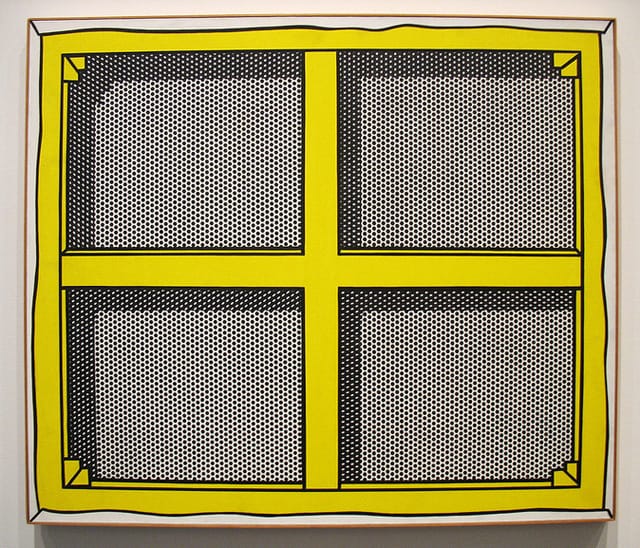
h/t @cmonstah




